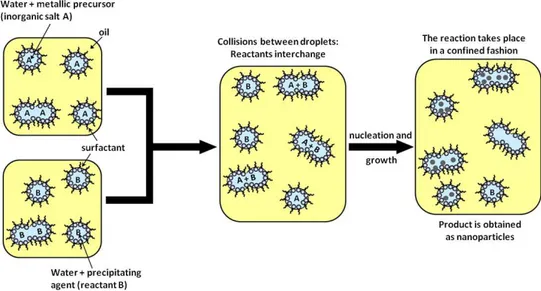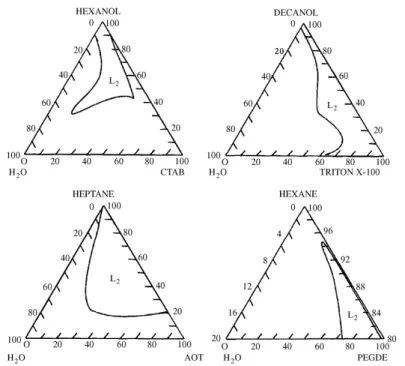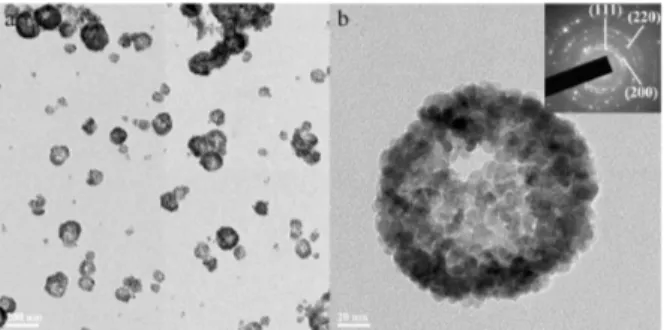New Trends on the Synthesis of Inorganic Nanoparticles Using Microemulsions as Confined Reaction Media
Texto completo
Figure




Documento similar
The process under study corresponds to the oxygen reduction reac- tion (ORR) at a glassy carbon electrode modi fied with chromium oxide nanoparticles with different carbon
Without doubt one could propose alternative subjects relevant with breath –some of those, such as smell, for example, are mentioned briefly; however, the choice of works follows
Currently, Cu(I)-I CPs are starting to be used for the fabrication of new hybrid materials with organic polymers such as poly(methyl methacrylate) (PMMA), to modify their physical
Taking advantage of the higher thermal stability (Fig. The SE measurements are presented in Fig. In the case of bigger NPs, the gallium oxide shell breaks earlier and the maximum
In 2015, my group developed the asymmetric synthesis of cyclopropanes with a quaternary center, using a one pot reaction resulting in excellent enantioselectivities
We focused on some very specific example of models with linear interaction graphs and we showed how the network structure and the number of agents affect key properties such as
4 Active optical materials based on transparent glass-ceramics doped with rare-earth (RE) ions are considered promising materials for photonic applications.. The
Because of the structural stability and high voltage, the oxides with spinel-type structure AB 2 O 4 are among the most promising electrode materials for magnesium batteries. On

![Fig. 6. Monomer concentration [C] as a function of time in microemulsions, compared to a homogeneous system](https://thumb-us.123doks.com/thumbv2/123dok_es/7451599.399092/9.723.171.547.114.386/fig-monomer-concentration-function-time-microemulsions-compared-homogeneous.webp)



